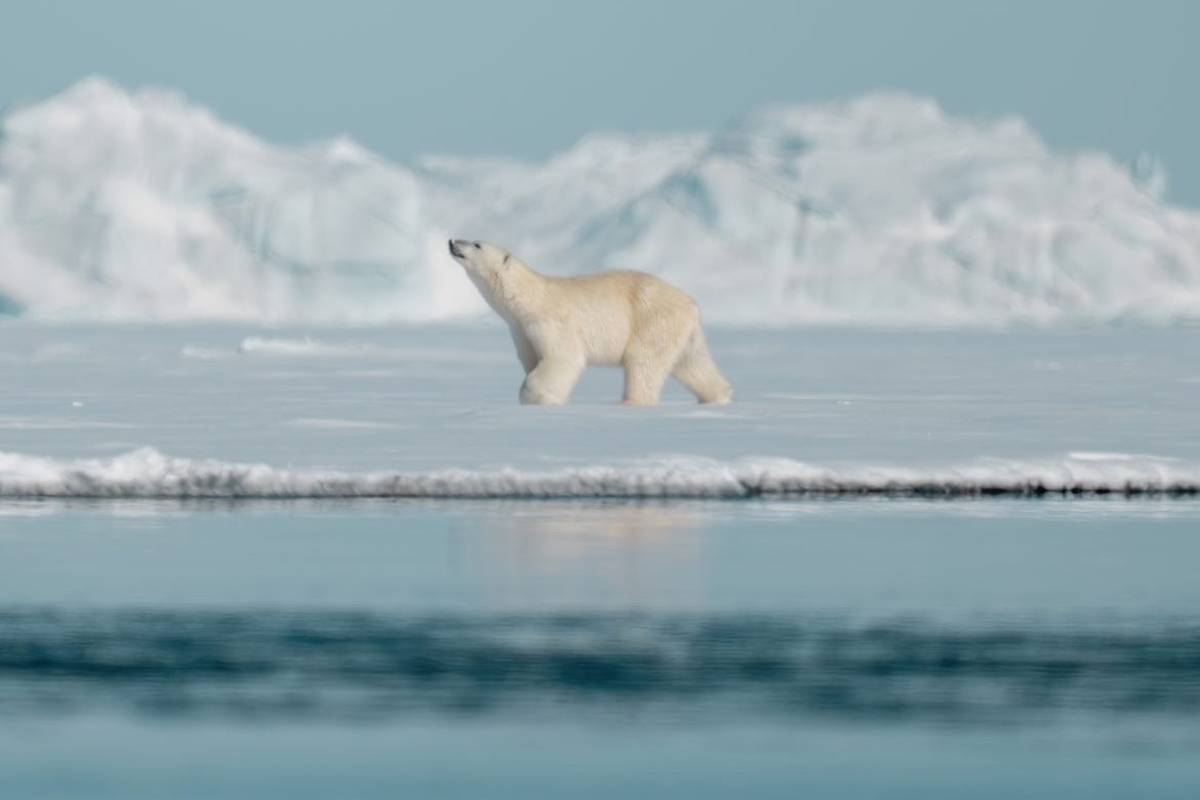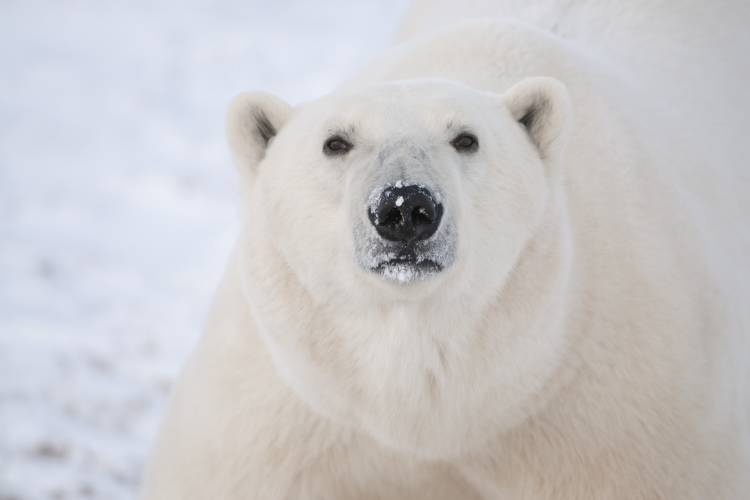This November marks the 50th anniversary of the signing of the International Agreement on the Conservation of Polar Bears. The research programs and management measures it set in motion have transformed our understanding of polar bears and our ability to put in place the necessary steps to aid in their conservation.
Today, we know that there are approximately 26,000 polar bears across the Arctic, divided into 19 populations. Studies with radio collars have taught us much about polar bears’ movements and migration, and a combination of field research and Indigenous knowledge has revealed secrets about polar bear behavior, biology, and ecology. Meanwhile, the race is on to ensure the species’ survival in a world turned inside out by climate change.
In the years leading up to the conservation agreement, however, far less was known about polar bears, and the biggest concern for their future was not global warming – which wasn’t yet an issue — but overhunting.
“In Alaska, the commercial trophy hunt expanded from 139 in 1961 to 399 in 1966,” explains Dr. Ian Stirling, adjunct professor in the University of Alberta Department of Biological Sciences, author of Polar Bears: The Natural History of a Threatened Species, and one of the pioneering researchers into polar bear biology, ecology, and behavior. "In Svalbard, they were taking an average of 300 to 325 bears a year. Most of them were being taken with set guns, in which the bear sticks his head in something to try and get some bait and effectively shoots itself. It's nonselective, it killed females, killed cubs, and everything else. And the number of kills in Canada was also increasing at a very rapid rate.”
















